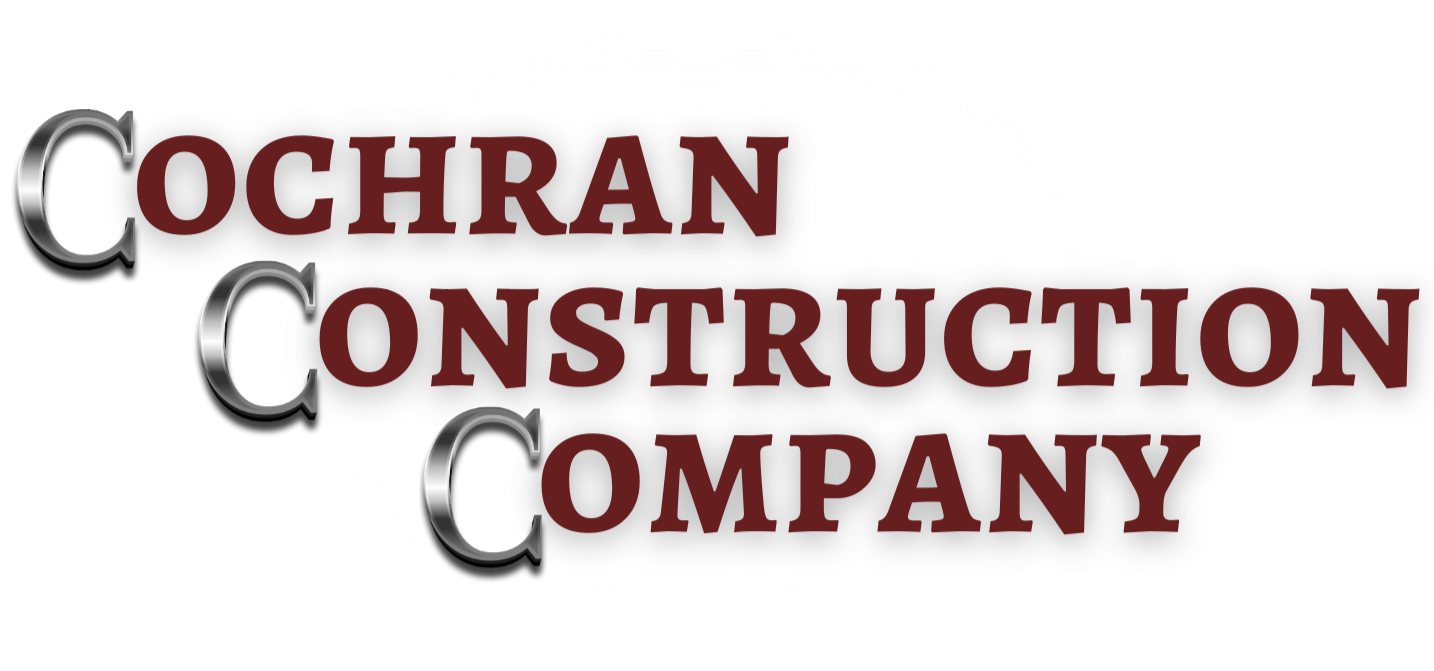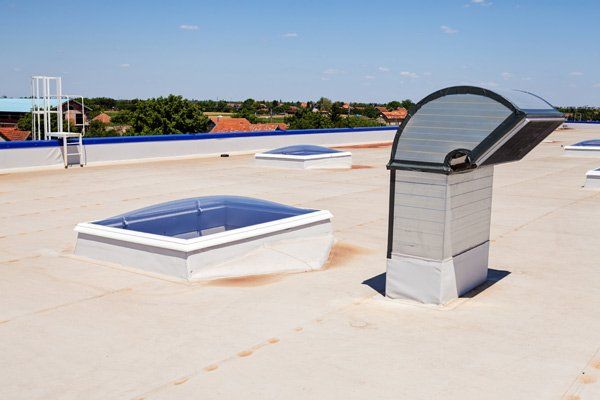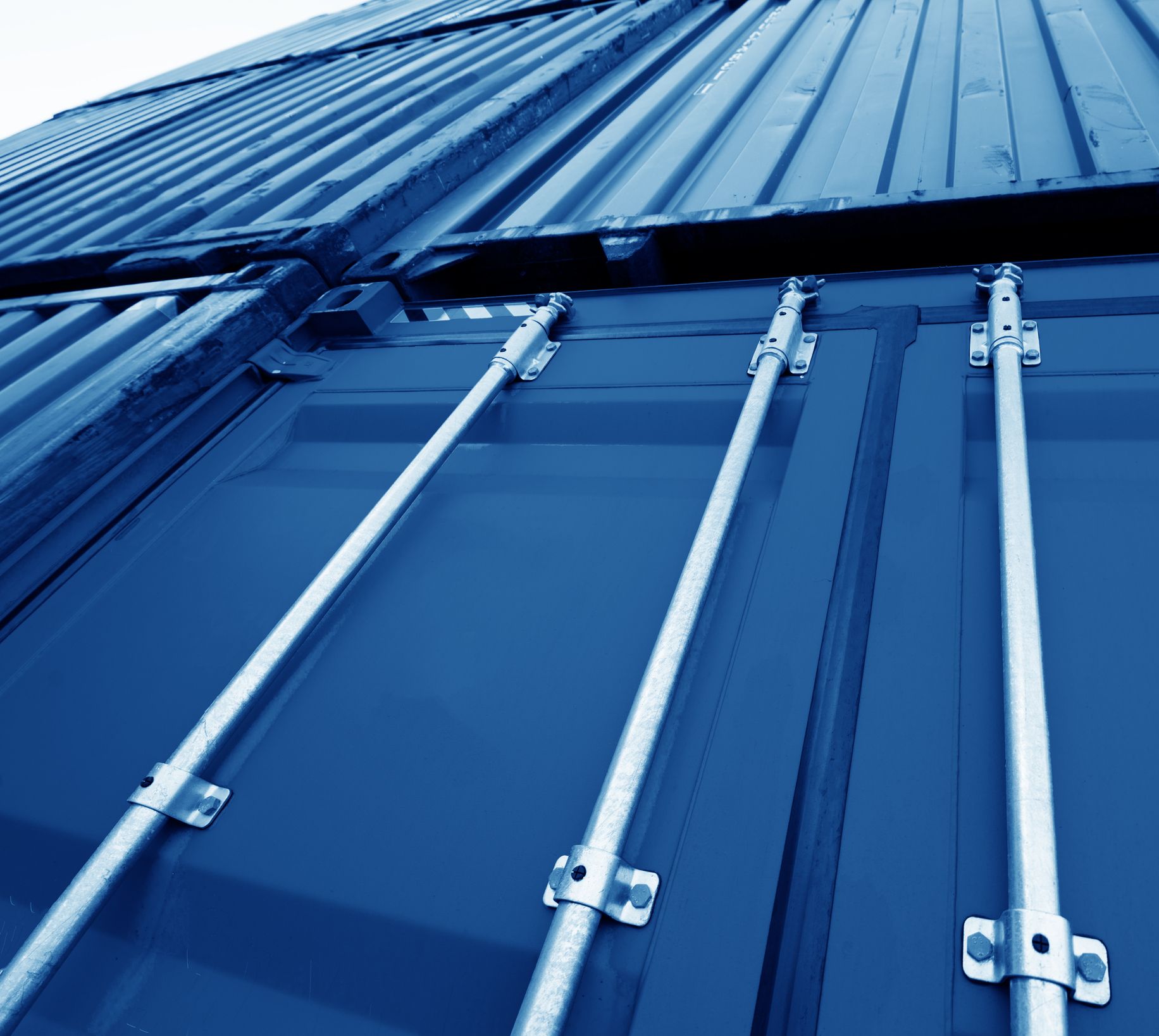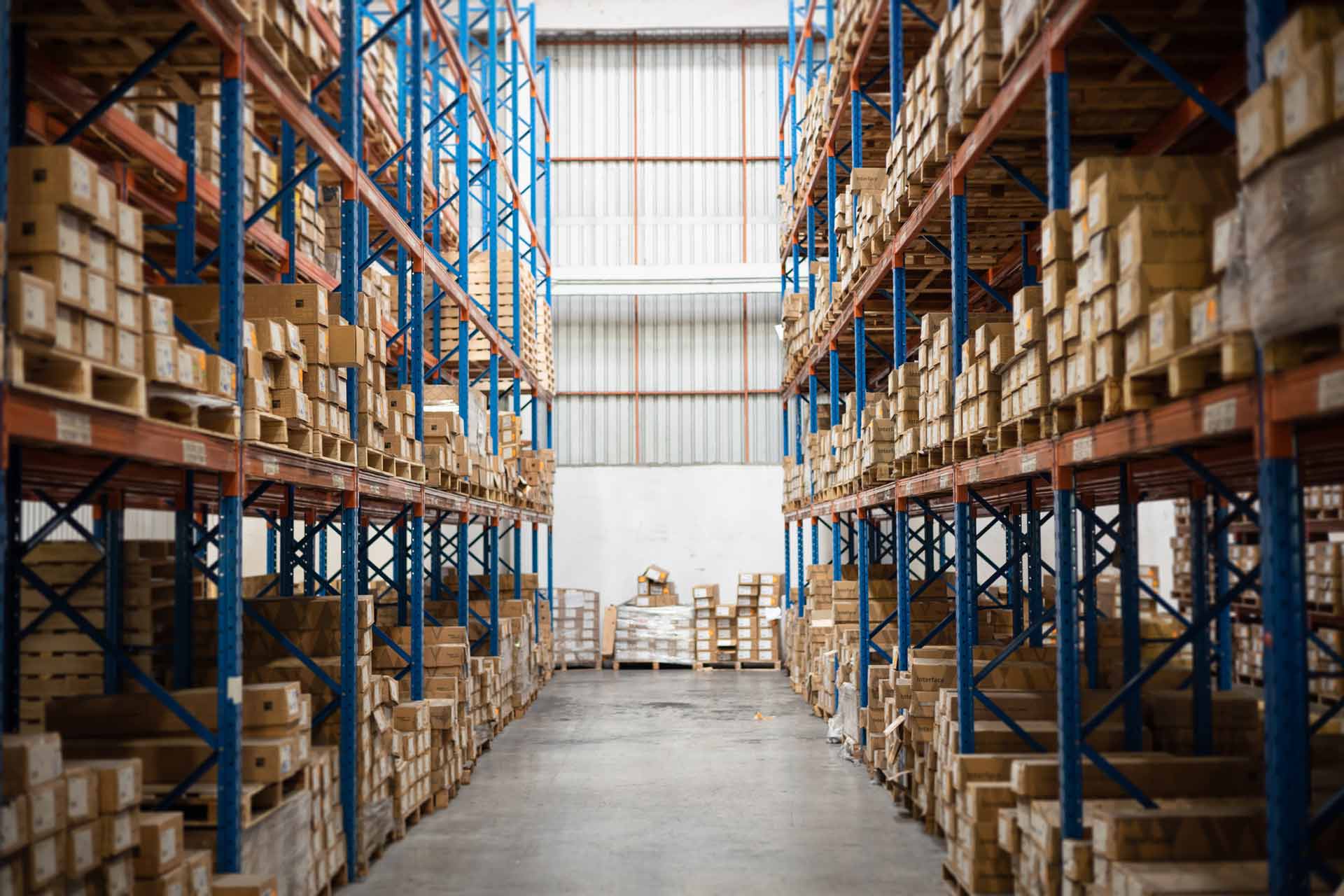HOW TO PREVENT PONDING ON FLAT COMMERCIAL ROOFS
Admin • September 12, 2018
Many commercial properties have flat roofs, and many owners do not think about their roof until structural damage is imminent. Long-term accumulation of water can have especially devastating effects on flat roofs. Flat roofs can be particularly prone to ponding after heavy rainfall because these roofs do not have sufficient slope to facilitate the rapid flow of water.
However, proper drainage can prevent the accumulation of water on your roof. Here is a quick guide to mitigating the effects of ponding.
Understanding Ponding
Flat roofs have pitch angles that are less than 1.5 degrees. This negligible sloping angle makes flat roofs susceptible to ponding. Ideally, water should completely drain away from a roof a few hours following a downpour. However, ponding occurs when water accumulation reminds on the roof days after the rain has ceased.
Ponding may occur due to several factors, including poor sloping, incorrect flashing, weak pitching, blocked drains, or too few drains to direct water away from the roof.
If left unattended, ponding may cause the proliferation of algae and plants, pest infestations, further clogging of drains, and structural damage in the form of a sagging roof, caulking, and extensive leakage.
Preventing Ponding
Drainage solutions can help eliminate the ponding issues that affect flat roofs. Here are a few things you can do:
Inspect the Internal Drains
On commercial buildings, internal drains are usually installed toward the center of the roof. These drains connect to pipes beneath the roof, allowing water to run down through the building. Although internal drains keep water away from the walls and the building's foundation, the filters on these types of drains are prone to clogging.
Inspect these filters occasionally to check for any signs of clogging. Replace a worn filter with one that has larger openings to keep small particles from blocking the drains. If you have clogged pipes, find a professional to fix these.
Problems with inner drains may result in leaking, which is a bigger concern. Find a reputable roofing contractor to repair leaks to mitigate extensive structural damage.
Clean the Downspouts and Gutters
Some commercial buildings are equipped with gutter brackets and downspouts. These are the least expensive drainage systems, and they help to direct rainwater away from the walls, windows, and doors. On the downside, gutters and downspouts have a shorter lifespan, may require more maintenance, and are susceptible to clogging from both large and small debris, increasing the risk of ponding.
To prevent the buildup of leaves and other debris, clean your gutters and downspouts often. Ice can also block gutters therefore be sure to rake out your drainage as frequently as needed in winter.
Level the Roof
An unleveled roof can prevent water from flowing into the drains. This is especially problematic for commercial buildings that use scuppers as a drainage system.
Scuppers are opening along the perimeter wall of a building. These openings direct water to a gutter to prevent water from running down the walls. When the roof is unleveled, water cannot pass into the scupper, resulting in ponding.
A roofing specialist can use various techniques to raise areas of a flat roof that have sunk below the drains to allow proper flow of water into the roof's drainage system. Roof leveling may also involve waterproofing the roof to prevent further damage.
Preventative maintenance can identify drainage problems on your commercial roof and mitigate the risk of extensive damage. If your roof shows signs of leakage, consult a roof restoration expert for repair and weatherproofing.
At Cochran Construction Company
, we offer long-lasting, sustainable, and affordable roofing solutions that do not require you to tear down your roof. Get in touch with us today for a no-obligation quote.
Read this blog to learn the benefits of planning future expansions, from cost efficiency to sustainability, in your custom building design.
Industrial buildings have become an essential part of our infrastructure. Read on to learn about how custom design impacts industrial construction.
Managing costs is paramount for the success of any project. Discover key ways to reduce commercial construction costs without compromising quality.
You can easily transform the design of your business premises. Here are four of the most popular design ideas to consider for commercial builds.
Site selection helps to identify and choose the most suitable location for a commercial or industrial building. Learn about the factors involved.
But how do you know when you need to repair and when to replace your commercial roof? Read on to discover essential factors to guide you.
Investing in preventative maintenance is a great way to keep your roof in good condition. Learn the importance of regular maintenance for commercial roofs.
Energy-efficient buildings can reduce utility bills for businesses. Explore tips for designing and constructing structures with minimal energy requirements.



